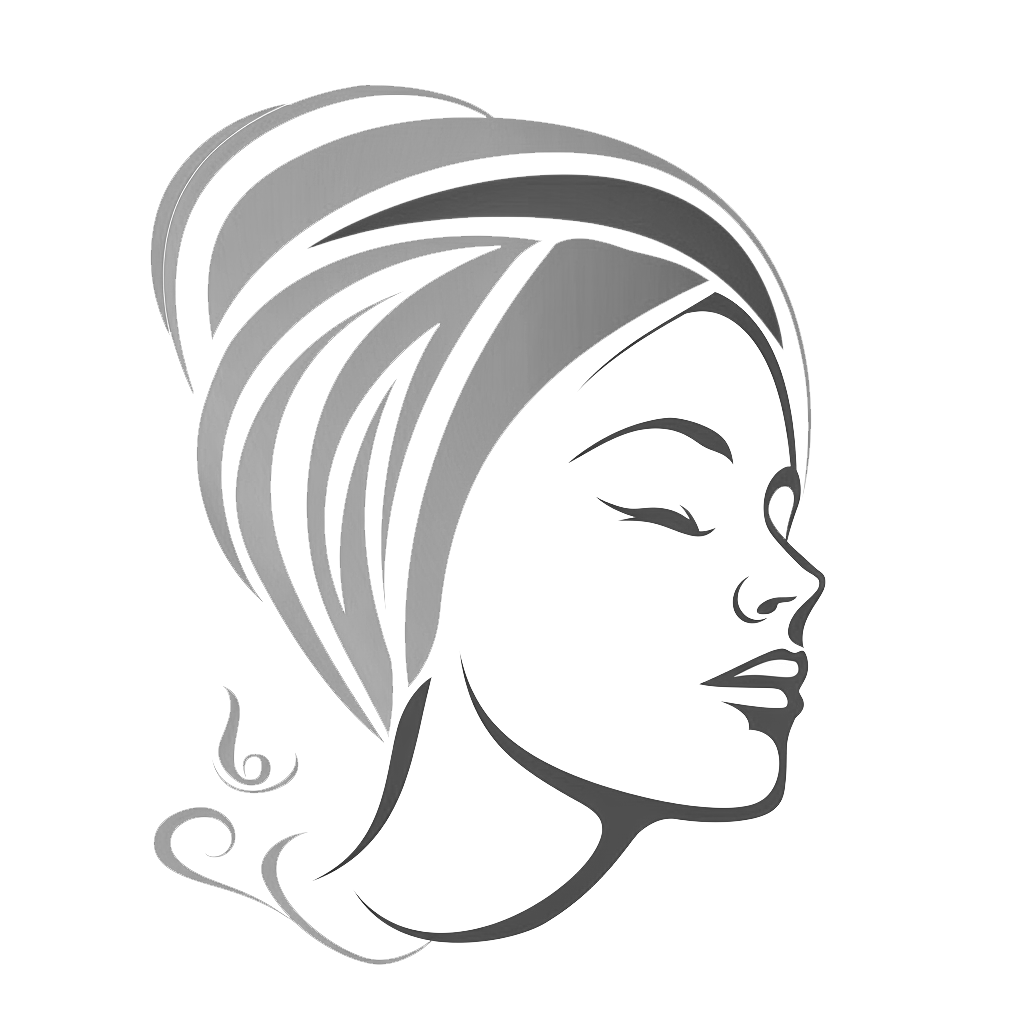
RESTLESS LEGS SYNDROME
What is restless legs syndrome?
Restless Legs Syndrome or RLS (English acronym for Restless Legs Syndrome), also known as Willis-Ekbom disease, is a condition that causes an uncontrollable urge to move the legs due to a feeling of discomfort, especially during the hours at night when sitting or lying down. Moving temporarily relieves the unpleasant sensation.
At what age can it occur?
It can arise at any age, even during childhood, but is more common after the age of 50 and predominantly affects females, in fact pregnancy or hormonal changes often trigger the syndrome. Some women experience RLS for the first time during pregnancy, especially during the last trimester, however the symptoms usually go away after giving birth.
A hereditary component cannot be ruled out, especially in cases where the diagnosis is made before the age of 40. It is classified as a sleep disorder because the feeling of discomfort makes it difficult to fall asleep or stay asleep, it can cause exhaustion and daytime drowsiness, which can strongly influence mood, concentration, work and school performance and personal relationships and therefore cause a marked impairment of quality of life.
What are the symptoms of restless legs syndrome?
People who suffer from this syndrome typically describe the symptoms as unpleasant sensations in the legs. Generally the phenomenon is bilateral and felt inside the limb rather than on the skin. The most frequently reported sensations are:
- Itching
- Electric shock
- Ache
- Palpitation
- Longing
Sometimes sensations are difficult to explain. People with RLS usually do not describe the condition as a muscle cramp or numbness. However, they consistently describe the desire to move their legs. It is common for symptoms to fluctuate in severity and may disappear for longer or shorter periods of time before returning.
What are the causes?
Often, there is no known cause for RLS. Researchers suspect the condition may be triggered by an imbalance in levels of the neurotransmitter dopamine which sends messages to the brain to control muscle movement.
Since iron is the essential cofactor for the formation of L-dopa, a precursor of dopamine, anemia and iron deficiency in the blood (particularly in the cerebrospinal fluid) play a primary role in triggering the pathology. Furthermore, more than a third of patients who present RLS have relatives who suffer from the same syndrome and are united by one or more of the following factors:
- They take stimulants such as caffeine or performance-enhancing drugs
- They have iron deficiency
- They have a deficiency of Folate, Vitamin B12 and Magnesium
- They are anemic
- They suffer from kidney and/or liver failure
- They suffer from diabetes
- They have venous insufficiency
- Have stopped therapy with certain drugs (e.g. benzodiazepines)
- They have neurological disorders such as Parkinson's
The most common risk factors include:
- Sedentary life
- Smoking
- Obesity
- Alcoholism
- Strong imbalance in diet
- Taking certain medications such as anti-histamines, antidepressants, beta blockers)
A Follow-Up lasting 4-6 years conducted recently out of 55 thousand participants (12 thousand men, 43 thousand women) in which 1538 cases of RLS were identified, highlighted how subjects with normal weight, physically active, non-smokers and responsible for responsible alcohol consumption had a lower risk of develop RLS by associating a healthy lifestyle with a low risk of RLS.
Simple self-care measures and lifestyle changes can help relieve symptoms and reduce the risk of contracting the syndrome.
A diagnosis of RLS is based on a set of criteria established by the International Restless Legs Syndrome Study Group (IRLSSG), so the doctor will ask the patient if the following conditions occur:
- Urgency to move the legs, usually accompanied or caused by unpleasant or uncomfortable sensations in the legs.
- Onset or worsening during periods of rest or inactivity such as lying down or sitting
- The discomfort is partially or totally relieved by movements such as walking or stretching the legs
- Worse in the evening or at night than during the day, or occurs only in the evening or at night.
Furthermore, supporting clinical features are considered which include, in addition to positive family history and response to dopaminergic therapy, the occurrence of stereotyped periodic movements characterized by extension of the big toe and dorsiflexion of the ankle during wakefulness or sleep. Following the answers given by the patient, the doctor will be able to deepen the investigations by requesting specific tests such as polysomnography which is performed in appropriate structures (sleep clinics) and involves the monitoring of brain activity, heartbeat, breathing, activity muscle and eye movements during sleep.
Depending on the severity of the symptoms, treatments that can be defined as "soft", minimally invasive and easily implemented, can be used, or the use of drugs can be used.
Many cases of RLS are associated with iron deficiency, which can be treated with an adjustment to the diet and/or appropriate supplementation. Iron supplements have few side effects other than stomach upset and/or constipation. After checking your iron and ferritin levels, your doctor may then prescribe iron supplements alone or in combination with other medications. Also some vitamins and minerals like magnesium, zinc and vitamin D may play a role in relieving RLS symptoms. Pregnant women in particular may benefit from folate supplements, while people with kidney problems may benefit from vitamin C and E supplements.
The effectiveness of a healthy lifestyle should not be overlooked, in fact the Restless Legs Syndrome Foundation recommends reducing alcohol, caffeine, tobacco, sugar and salt and following a healthy diet rich in vitamins and minerals. In addition to alleviating the symptoms of RLS, a healthy diet can help improve the quality of your sleep.
Moderate exercise and stretching can help reduce RLS symptoms. That said, people with RLS should avoid high-intensity activity, which can cause muscle cramps and stiffness that can exacerbate symptoms.
Having massages or self-massages on your legs can provide relief, and discomfort related to RLS can often be eased by applying a hot or cold compress or taking a warm bath before bed. Temperature response may vary from person to person.
Researchers have also proposed treatments with medical devices or practices such as acupuncture, electrical stimulation, the use of vibration plates, sclerotherapy for varicose veins, infrared light, yoga and other methods to relieve the symptoms of RLS. However, research on the effectiveness of these treatments and whether the benefits outweigh the risks is limited.
Drugs they are currently considered the gold standard for individuals with moderate to severe RLS. The appropriate drug therapy should always be decided by a competent doctor. The most used drugs are dopamine agonists which can be taken orally or through the application of continuous release dermal patches.
If common RLS symptoms are accompanied by pain, antiepileptic drugs are used effectively. Other drugs such as benzodiazepines are used in many cases even though they do not have a direct effect on the symptoms of RLS, but they can help people who suffer from it sleep more soundly. Low doses of opioids are a last-line treatment for people with severe RLS symptoms who do not respond to other treatments, however they are highly addictive and most people develop a tolerance that leads to them needing increasingly higher doses over time. time. All the drugs mentioned, although effective in combating the disease, have various more or less pronounced side effects, for this reason their intake must always be carefully evaluated under medical advice.
For a non-pharmacological approach, the advice is to undertake a healthy lifestyle by practicing daily physical exercise and following a healthy diet, reducing alcohol, smoking and caffeine as much as possible. To complete this, BeC offers a wide range of nutritional supplements (13) of plant origin, certified Vegan Quality, source of vitamins and mineral salts that can be taken without incurring side effects to relieve RLS symptoms. Together with the nutritional approach, the numerous products of the BeC cosmetic line can be used to carry out massages and practices aromatherapy to give relief to restless legs.
Bibliography
- www.hopkinsmedicine.org/neurology_neurosurgery/centers_clinics/restless-legs-syndrome/what-is-rls/causes.html
- Salma Batool-Anwar et. to the. “Lifestyle Factors and Risk of Restless Legs Syndrome: Prospective Cohort Study”, Journal of Clinical Sleep Medicine, Vol. 12, No. 2, 2016
- Aurora, R.N., Kristo, D.A., Bista, S.R., Rowley, J.A., Zak, R.S., Casey, K.R., Lamm, C.I., Tracy, S.L., Rosenberg, R.S., & American Academy of Sleep Medicine (2012). The treatment of restless legs syndrome and periodic limb movement disorder in adults–an update for 2012: practice parameters with an evidence-based systematic review and meta-analyses: an American Academy of Sleep Medicine Clinical Practice Guideline. Sleep, 35(8), 1039–1062.
- Marshall, N.S., Serinel, Y., Killick, R., Child, J.M., Raisin, I., Berry, C.M., Lallukka, T., Wassing, R., Lee, R.W., Ratnavadivel, R., Vedam, H. , Grunstein, R., Wong, K. K., Hoyos, C. M., Cayanan, E. A., Comas, M., Chapman, J. L., & Yee, B. J. (2019). Magnesium supplementation for the treatment of restless legs syndrome and periodic limb movement disorder: A systematic review. Sleep Medicine Reviews, 48, 101218.
- Chen, P., Bornhorst, J., Patton, S., Bagai, K., Nitin, R., Miah, M., Hare, D.J., Kysenius, K., Crouch, P.J., Xiong, L., Rouleau, G. A., Schwerdtle, T., Connor, J., Aschner, M., Bowman, A. B., & Walters, A. S. (2020). A potential role for Zinc in Restless Legs Syndrome. Sleep, zsaa236. Advance online publication.
- Jiménez-Jiménez, F. J., Alonso-Navarro, H., García-Martín, E., & Agúndez, J. (2019). Neurochemical characteristics of idiopathic restless legs syndrome. Sleep Medicine Reviews, 45, 70–87.
- Srivanitchapoom, P., Pandey, S., & Hallett, M. (2014). Restless legs syndrome and pregnancy: a review. Parkinsonism & Related Disorders, 20(7), 716–722.
- Sagheb, M. M., Dormanesh, B., Fallahzadeh, M. K., Akbari, H., Sohrabi Nazari, S., Heydari, S. T., & Behzadi, S. (2012). Efficacy of vitamins C, E, and their combination for treatment of restless legs syndrome in hemodialysis patients: a randomized, double-blind, placebo-controlled trial. Sleep Medicine, 13(5), 542–545.
- Restless Legs Syndrome Foundation, Restless Legs Syndrome Foundation, & Profile, VMC (2020, April 23). Eating with RLS. Restless Legs Syndrome Foundation Blog http://rlsfoundation.blogspot.com/2020/04/eating-with-rls.html
- Park, A., Ambrogi, K., & Hade, E. M. (2020). Randomized pilot trial for the efficacy of the MMF07 foot massager and heat therapy for restless legs syndrome. PLoS One, 15(4), e0230951.
- Schwab, R. J. (2020, June). Merck Manual Professional Version: Periodic Limb Movement Disorder (PLMD) and Restless Legs Syndrome (RLS). Retrieved January 21, 2021






Leave a comment
This site is protected by hCaptcha and the hCaptcha Privacy Policy and Terms of Service apply.